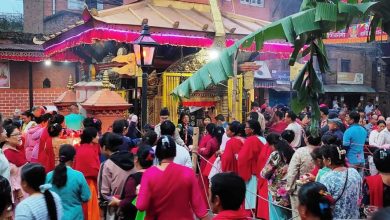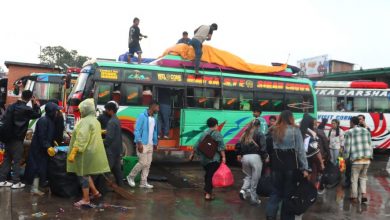Ghost of the forest: black panther seen in Kavrepalanchok, sixth time in 30 years around Kathmandu

May 29, Kathmandu: Subash Bogati, a resident of Gairi Gaun-5 in Panauti municipality, Kavrepalanchok, uploaded a video on May 28, 2025, that appears to show a black leopard (Panthera pardus pardus).
The video, later posted on a Facebook page called Routine of Kavre, clearly shows the melanistic big cat walking through the jungle.
Initially, I was sceptical. Similar videos — often fake — have circulated on social media before. But after contacting Bogati, I confirmed the video was legitimate. He and his companions did, in fact, witness the black leopard.
Black leopards, commonly known as black panthers, are not a separate species but rather a rare colour variant caused by genetic mutations. This isn’t the first time the elusive animal has been spotted in Nepal or even near Kathmandu. The location of this sighting is about 35 kilometres from Nepal’s federal capital.
Over the years, black leopards have been captured, photographed, and even killed around the Kathmandu Valley. A 2024 study published by the Central Department of Zoology, titled Remarkable Observations of Melanistic Leopard (Panthera pardus pardus) in Nepal, documented five verified sightings near the valley.
In one case, a black leopard was rescued in Okharpauwa, Nuwakot, on May 27, 1996, but died less than two weeks later. Its taxidermy is now on display at the Central Zoo in Kathmandu. More recently, between 2020 and 2021, four sightings occurred in Kavrepalanchok District, in Panchkhal municipality and Bhumlu rural municipality. In Panchkhal, two videos captured black leopards — one was later found dead, and another was captured alive but died in captivity.
Kathmandu Valley is ringed by forested hills, home to various species, including the common leopard, which can, on rare occasions, turn melanistic. A thorough and focused study is now needed — not just to document these rare black leopards but to develop conservation strategies for apex predators in Kathmandu and surrounding areas as they navigate fragmented and changing landscapes.









Comments